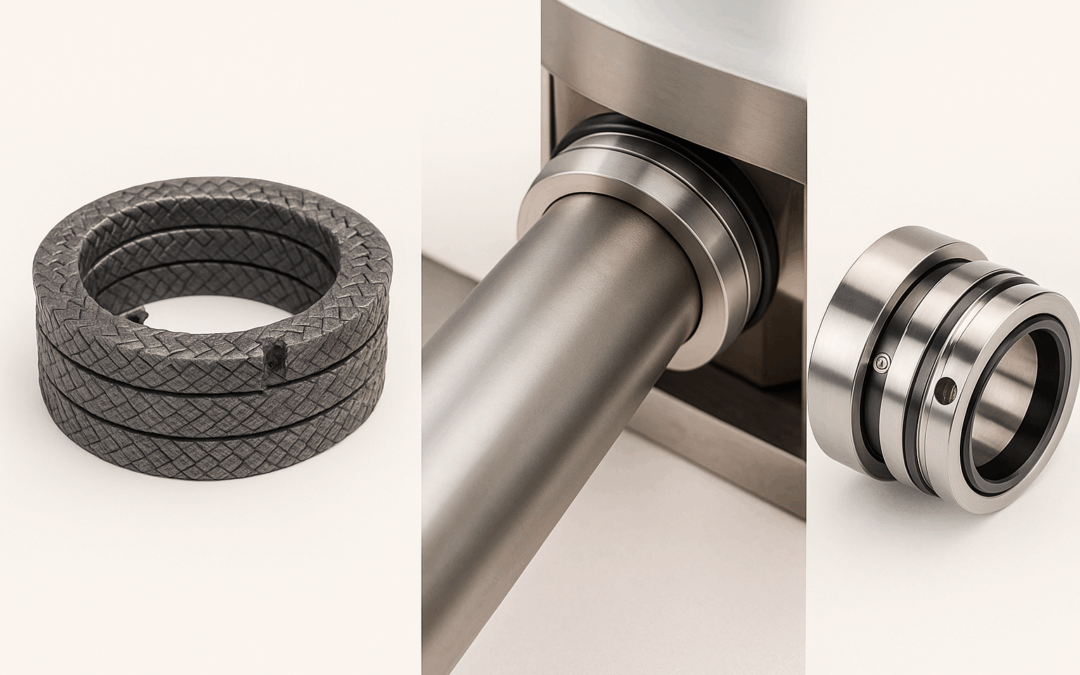If safety is to be ensured, and fires or dust explosions averted in a plant during drying operations, it is crucial to be well aware of the components of the powder present in the plant. By noting the components of each powder you can determine its thermal instability, and this is key for safety purposes. Powder drying is common in industries. It entails creating a dry powder from a fluid or slurry by quickly drying with a hot gas. Number of more synthetic concoctions just as food items are protected and utilized in powder structure. Nevertheless, caution must be taken to avoid dust explosions.
Dust explosions are hazardous and are able to destroy a processing instrument or even an entire building. This could lead to the loss of lives, therefore dust explosion must be avoided to ensure safety. Dust fires and explosions can be ignited by various sources. Nevertheless, when powders are heated hazardous sources of explosions are revealed. This is dependent on the intrinsic thermal instability properties of the powder undergoing the process of drying. While drying powder self-heating or exothermic decomposition must be avoided.
What is self- heating?
This occurs when the rate of heat generation goes beyond the rate of heat being lost, thereby leading to the rise of temperature at an accelerating rate. Notably, exothermic reactions give out energy to the surroundings. Therefore, when not controlled or checked in time, self-heating powder can cause fire, smoldering, and even explosion.
Factors that cause self-heating.
There are factors that contribute to self- heating, such as,
● Presence of impurities,
● Exposure of powder to a certain temperature for a period of time.
● The presence of oxygen/air.
● The composition of the powder
● How sizable is the accumulated powder?
Effects of Self-Heating
In powder drying, exothermic decomposition (i.e the self-heating of powder) can cause fire and production of heated particles that can travel through conveying equipment and act as an ignition source to dust clouds downstream. This is hazardous. Also, exothermic decomposition can likewise reduce the quality of products, and can equally result in the abrupt development of toxic and flammable gases in large quantities. The above are harmful and should be avoided at all costs.
To promote safety in powder drying, the following properties should never be present in the same location.
● A flammable powder that has enough particles to create a cloud higher than the minimum explosible concentration (MEC).
● Oxygen
● An energetic ignition source.
The combination of the above mentioned can result in dust or fire explosion.
Powder drying process or operations is prone to fire outbreaks because it involves applying heat to wet powder or slurry. Self-heating is also prone to occur.
Nevertheless, there are testing methods that are used in testing and evaluating the hazardous properties of powders. This article shall explain these four methods.
1. Laboratory Testing
To conduct a laboratory test on the properties of any powder, sample collection is a must. The test must in a feasible manner emulate the same conditions the powder would experience in the course of drying, and other downstream processes.
A single laboratory test cannot serve as sufficient proof, it is wise to conduct the same tests a couple of a number of times before forming a conclusion that can be taken as facts.
The major goal of this process is to obtain data of possible self-heating occurrence during powder dying. With this necessary data, there is a better chance to checkmate self-heating in powder drying. Also, you note the best conditions to store, package, and transport your products with minimal self-heating risks.
2. Isothermal Basket Testing
This testing is conducted via heating the representative powder samples under controlled conditions using cubical wire baskets of different sizes (normally three sizes). This is conducted with the objective of determining at which point each sample begins self-heat.
An oven is used to conduct this test and at each trial, a stainless-steel mesh basket containing the sample powder is placed in it. Afterwhich, the oven is heated and a selected temperature is maintained until self-heating occurs. Or the duration of the test is conducted based on a storage or actual heating time frame under study.
This trial is conducted several times using different temperatures and basket sizes. It goes on until the minimum onset temperature for exothermic activity or self-heating is determined for each basket size. With this, you can note the ultimate safe material temperature for a particular size of the container.
3. Bulk Powder Test
This test serves as a means of evaluating self-healing properties of bulk powder, and the qualities must not exceed a ton. Some instances are powder accumulation in bulk in some dryers, silos, hoppers, or packaging.
A glass cylinder with a height of 80 mm (~3.15”) and a diameter of 50 mm (~1.97”) is used. The cylinder is closed at the base using a sintered glass which is loaded with the sample powder for testing. After which, the cylinder is placed in an oven, and the temperature of the powder is closely monitored.
Usually, a screening test is first performed in which the oven temperature is kept at a rate of 0.9°F/min (0.5°C/min) for a period of 14-hour. If the results of the screening tests indicate a discrepancy in temperature higher than 90°F (50°C) between the onset temperature for self-heating and the calculated drying temperature, hazardous exothermic reactions is likely not to occur.
Nevertheless, additional testing will be required using Isothermal Basket if any of the following conditions exist:
● The temperature difference between the onset temperature for self-heating and the dryer operating temperature is less than 90°F.
● The operating cycle is longer than the test period above the process temperature.
● The onset temperature for self-heating is less than 392°F (200°C).
4. Aerated Powder Test
This powder test reproduces conditions during regular heating operation of powder though not exceeding one ton. A hot air stream diffuses the powder during the test.
It is similar to bulk powder, the only difference is that an air stream at the same temperature as the oven temperature flows at a rate of 0.1585 gal/min (0.61 liter/min) through the sample during the entire test cycle. The sample temperature is measured at several locations in the cell to detect the onset temperature for any exothermic activity.




